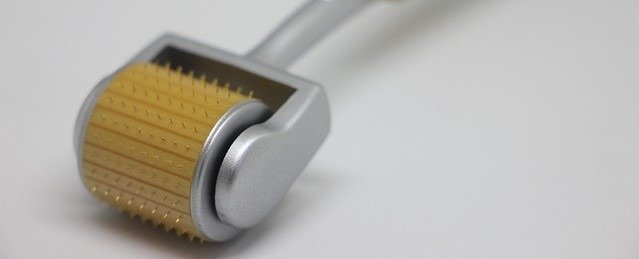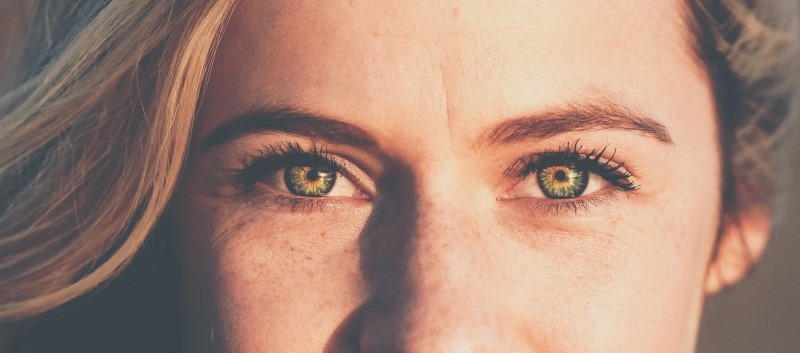In my last blog post, we started our deep dive into laser resurfacing treatments in an effort to pinpoint which one is right for your particular skin type and issue. We’ll wrap it up here with a look at nonablative and ablative resurfacing lasers.
Resurfacing lasers work a bit differently than true lasers. Rather than melanin or capillaries, they target water molecules within the collagen layer of the dermis. Heating them creates a kind of grid, which tricks the skin into a healing phase, triggering the production of collagen.

Nonablative resurfacing lasers
This segment refers to fractional lasers that keep the skin’s surface intact and picosecond lasers outfitted with something called a diffractive lends, which essentially breaks up the beam. They cover widespread areas, as opposed to lone spots. They’re mainly used to refresh and rejuvenate by building new collagen, helping to smooth the skin, and eliminating some of the pigmentation that results from sun damage.
Nonablative resurfacing lasers are considered safe for most skin types. As to which one is appropriate for you, that depends largely on what’s being treated. Baby fractional lasers, as they’re called, achieve a striking radiance boost, but only subtle textural improvements. (It’s a popular choice for treating melasma.) Picosecond lasers go a little deeper and, in turn, have more of an effect on fine lines, wrinkles, and scarring. And, a stronger fractional laser is effective for correcting significant sun damage on the face, neck, chest, arms, and hands.
Numbing cream may be used before baby fractional and picosecond procedures, but neither is all that painful. They feel like mild, prickly zaps. The stronger fractional lasers require topical numbing and some ibuprofen beforehand.
The treated area’s going to feel dry for about a day following the mild resurfacers. With the stronger fractional lasers, the skin will look red and then dirty for up to a week as the tarnished cells are shed.
Ablative resurfacing lasers
These lasers generate greater heat, which is then used to create a purposeful wound on the skin’s topmost layer. The ablation, and the resulting injuries, equals a more generous collagen renewal over the weeks following the treatment.
You may have heard stories about the non-fractionated ablative lasers of old. They live on in infamy for the pain they inflicted, their risk, and the significant recoveries they entailed. The latest generation of fractional ablative lasers is far safer and more predictable. (That said, they’re not recommended for dark complexions.)
If you want to smooth out deep wrinkles or delete severe sun aging or prominent scars, your plastic surgeon is likely to recommend an ablative laser.
You’ll be prepped for the treatment with numbing cream, lidocaine injections, and Percocet and/or Valium. Afterward, plan on laying low for about a week. The treated skin is going look swollen and scabby, which you’ll need to be prepared for, mentally. But, given that, the healing phase is surprisingly painless.



